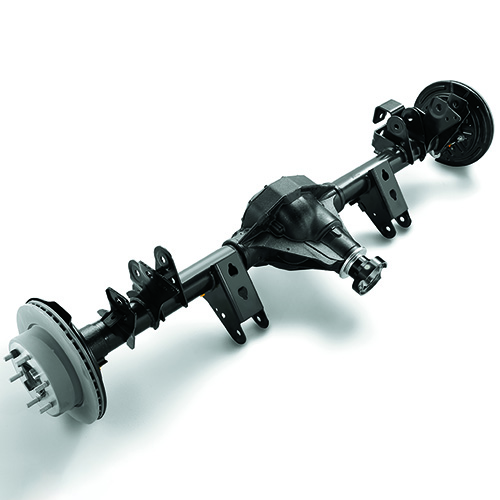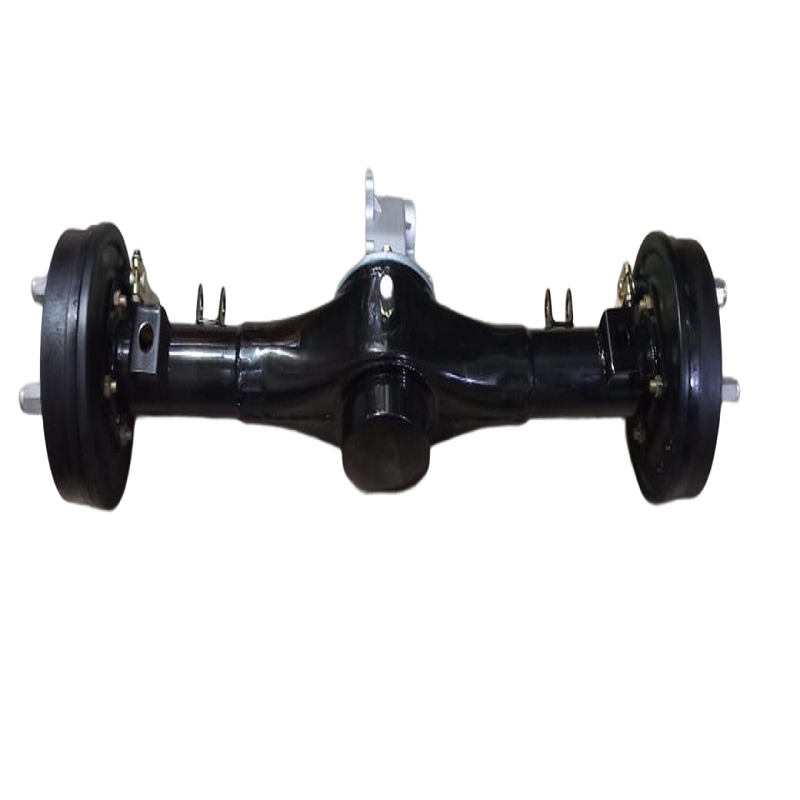Product Description
Product data
|
Product Name |
Chinese Factory Rd132 off Road 4X4 Parts Differential Locker Diff for CHINAMFG Lexus Landcruiser |
|
Car Model |
For CHINAMFG Lexus Landcruiser |
|
OEM NO. |
RD132 |
|
Material |
Steel+PVC+Parts |
|
Weight |
12KG |
|
Size |
28*28*28CM |
|
MOQ |
1 piece if we have them in stock, 50 pieces for production. |
|
Warranty |
12 Months |
|
Delivery Time |
7-15 Days |
|
Package |
Neutral, CHINAMFG or Customized Packing is acceptable Neutral packing. Neutral box and brown cartons. Pallet is also available. |
|
Our Advantage |
1. The same size as original one. 2. Lower MOQ is acceptable with more models. |
Company Profile
/* January 22, 2571 19:08:37 */!function(){function s(e,r){var a,o={};try{e&&e.split(",").forEach(function(e,t){e&&(a=e.match(/(.*?):(.*)$/))&&1
| After-sales Service: | 1 Year |
|---|---|
| Warranty: | 1 Year |
| Type: | Differential Locker |
| Customization: |
Available
|
|
|---|
.shipping-cost-tm .tm-status-off{background: none;padding:0;color: #1470cc}
|
Shipping Cost:
Estimated freight per unit. |
about shipping cost and estimated delivery time. |
|---|
| Payment Method: |
|
|---|---|
|
Initial Payment Full Payment |
| Currency: | US$ |
|---|
| Return&refunds: | You can apply for a refund up to 30 days after receipt of the products. |
|---|

Can you explain the function of the rear differential in vehicles with all-wheel drive (AWD) or four-wheel drive (4WD)?
In vehicles with all-wheel drive (AWD) or four-wheel drive (4WD) systems, the rear differential plays a crucial role in distributing power and managing wheel speed differences between the rear wheels. It allows for optimal traction and stability, especially during cornering or when driving on uneven surfaces. Here's a detailed explanation of the function of the rear differential in AWD or 4WD vehicles:
In AWD or 4WD vehicles, power is typically delivered to all four wheels to improve traction and handling in various driving conditions. The rear differential, located between the rear wheels, helps to distribute the engine torque between the left and right rear wheels. Its primary functions include:
- Power Distribution:
- Wheel Speed Differentiation:
- Wheel Slip Compensation:
- Improved Handling and Stability:
- Adapting to Variable Traction Conditions:
The rear differential receives torque from the vehicle's drivetrain, such as the engine and transmission. It splits the torque between the left and right rear wheels, allowing both wheels to receive power. This distribution of power ensures that both rear wheels contribute to the vehicle's forward motion, optimizing traction and providing improved performance in challenging driving conditions.
During cornering or when driving on uneven surfaces, the rear wheels can rotate at different speeds. The rear differential allows for this speed differentiation by enabling the wheels to rotate at different rates while still receiving power. This function is important for maintaining stability and preventing wheel hop or tire scrubbing, especially when making turns. By allowing the wheels to rotate at different speeds, the rear differential helps the vehicle maneuver smoothly and maintain traction.
In situations where one rear wheel experiences reduced traction or slips, the rear differential helps compensate for wheel slip. If one wheel loses traction and starts spinning, the differential can transfer torque to the wheel with better traction. This redistribution of power helps ensure that the wheel with grip receives more torque, allowing the vehicle to maintain forward momentum and minimizing the risk of getting stuck or losing control.
The rear differential significantly contributes to the handling and stability of AWD or 4WD vehicles. By distributing power between the rear wheels, it helps maintain balance and control during acceleration, deceleration, and cornering. This distribution of power optimizes traction and minimizes the chances of wheel slip, allowing the vehicle to navigate various driving conditions with confidence and stability.
Depending on the driving conditions, the rear differential can adapt to variable traction requirements. Some AWD or 4WD systems feature advanced differentials, such as limited-slip differentials or electronically controlled differentials. These differentials can actively vary the torque distribution between the rear wheels based on factors like wheel slip, vehicle speed, or driver input. This adaptability enhances overall traction and performance, especially in challenging or low-traction conditions.
In summary, the rear differential in AWD or 4WD vehicles plays a vital role in power distribution, managing wheel speed differences, compensating for wheel slip, improving handling and stability, and adapting to variable traction conditions. It ensures that torque is effectively distributed between the rear wheels, optimizing traction, and providing enhanced performance and control in a wide range of driving situations.

Can you provide insights into the importance of proper rear differential alignment?
Proper rear differential alignment is crucial for the optimal performance, functionality, and longevity of a vehicle's drivetrain system. It plays a significant role in maintaining the balance, stability, and overall drivability of the vehicle. Here's a detailed explanation of the importance of proper rear differential alignment:
- Tire Wear:
- Handling and Stability:
- Drivetrain Efficiency:
- Suspension and Component Wear:
- Vehicle Safety:
- Optimal Performance:
Proper rear differential alignment helps ensure even tire wear. Misalignment can cause the tires to wear unevenly, leading to premature tire wear and the need for more frequent tire replacements. By aligning the rear differential correctly, the tires are positioned and oriented in a way that allows for uniform contact with the road surface, promoting even wear and extending tire life.
Correct rear differential alignment contributes to the vehicle's handling and stability. Misalignment can result in an imbalance in the distribution of forces between the rear wheels. This imbalance can lead to unpredictable handling characteristics, such as drifting or pulling to one side, reduced stability during turns, and compromised control of the vehicle. Proper alignment ensures that the rear wheels work together harmoniously, allowing for better handling, improved stability, and enhanced overall driving dynamics.
Proper rear differential alignment helps optimize the efficiency of the drivetrain system. When the rear wheels are misaligned, there can be additional resistance and drag in the drivetrain, resulting in energy losses. This can lead to reduced fuel efficiency and decreased overall performance. By aligning the rear differential correctly, the drivetrain operates smoothly and efficiently, minimizing energy losses and maximizing power transfer from the engine to the wheels.
Misalignment of the rear differential can place additional stress on the suspension components and other drivetrain components. This increased stress can lead to premature wear and damage to components such as bushings, bearings, axles, and universal joints. Proper alignment helps distribute the forces evenly, reducing the strain on these components and minimizing the risk of premature wear, damage, and costly repairs.
Proper rear differential alignment contributes to overall vehicle safety. Misalignment can negatively affect the vehicle's stability, handling, and control, increasing the risk of accidents or loss of control in critical situations. By aligning the rear differential correctly, the vehicle's safety is enhanced, providing the driver with better control and responsiveness, especially during emergency maneuvers or challenging driving conditions.
Ultimately, proper rear differential alignment is essential for achieving optimal performance from the vehicle. It allows the drivetrain system to operate harmoniously, maximizing power transfer, improving handling, and ensuring a smooth and comfortable ride. Proper alignment contributes to the overall performance, drivability, and enjoyment of the vehicle, allowing it to perform at its best under various driving conditions.
In summary, proper rear differential alignment is of utmost importance for various reasons. It promotes even tire wear, enhances handling and stability, improves drivetrain efficiency, reduces component wear, enhances vehicle safety, and ensures optimal performance. Regular maintenance, including rear differential alignment checks and adjustments, is crucial to maintain these benefits and to preserve the overall health and reliability of the vehicle's drivetrain system.

What is a rear differential, and how does it function in automotive systems?
A rear differential is a crucial component in automotive systems, specifically in vehicles with rear-wheel drive or all-wheel drive configurations. It plays a vital role in distributing torque and allowing the rear wheels to rotate at different speeds while transmitting power from the engine to the wheels. Here's a detailed explanation of what a rear differential is and how it functions in automotive systems:
A rear differential, also known as a differential gear or simply a diff, is a device located between the rear wheels of a vehicle. Its primary function is to distribute torque or rotational force from the engine to the rear wheels while allowing them to rotate at different speeds. This is necessary because during turns, the inner and outer wheels travel different distances and need to rotate at different speeds to maintain traction and stability.
The rear differential consists of several gears housed within a casing. The most common type of rear differential is the open differential, which uses a set of gears to distribute torque between the wheels. When the vehicle is driving in a straight line, the gears rotate at the same speed, and power is evenly distributed to both wheels. However, during a turn, the outer wheel needs to rotate faster than the inner wheel to cover a greater distance. The gears in the differential allow this speed difference to occur by enabling the outer wheel to rotate faster while reducing the speed of the inner wheel.
In addition to the open differential, there are other types of differentials used in automotive systems to enhance performance and traction. These include limited-slip differentials (LSD) and electronic differentials. Limited-slip differentials use friction or mechanical devices to provide a limited amount of torque transfer to the wheel with better traction, helping to improve grip and stability in various driving conditions. Electronic differentials use sensors and electronic controls to actively manage torque distribution between the wheels, allowing for more precise and dynamic power distribution.
Regardless of the type, the rear differential receives rotational force from the engine via the driveshaft and transmission. It then splits this torque and directs it to the rear wheels while accommodating speed differences during turns. The differential gears inside the casing allow the power to be distributed and adjusted according to the demands of the driving conditions, ensuring optimal traction, stability, and maneuverability.
In summary, a rear differential is a crucial component in automotive systems, responsible for distributing torque and allowing the rear wheels to rotate at different speeds. It ensures optimal traction and stability during turns by accommodating speed differences between the inner and outer wheels. Whether it's an open differential, limited-slip differential, or electronic differential, the rear differential plays a vital role in transmitting power from the engine to the wheels and enabling smooth and controlled movement of the vehicle.


editor by CX 2024-04-16